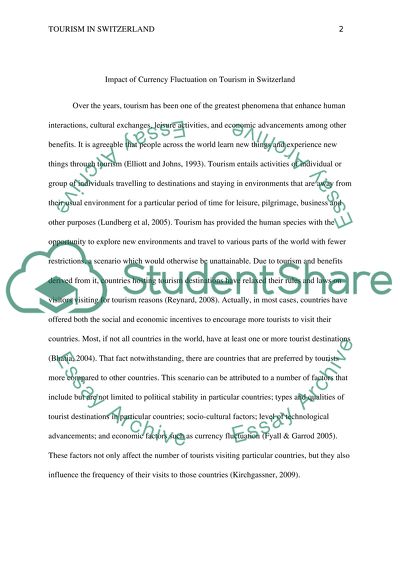Cite this document
(“Tourism in Switzerland Literature review Example | Topics and Well Written Essays - 3000 words”, n.d.)
Retrieved from https://studentshare.org/tourism/1396848-impact-of-currency-fluctuation-on-tourism-in
Retrieved from https://studentshare.org/tourism/1396848-impact-of-currency-fluctuation-on-tourism-in
(Tourism in Switzerland Literature Review Example | Topics and Well Written Essays - 3000 Words)
https://studentshare.org/tourism/1396848-impact-of-currency-fluctuation-on-tourism-in.
https://studentshare.org/tourism/1396848-impact-of-currency-fluctuation-on-tourism-in.
“Tourism in Switzerland Literature Review Example | Topics and Well Written Essays - 3000 Words”, n.d. https://studentshare.org/tourism/1396848-impact-of-currency-fluctuation-on-tourism-in.


